The Balanced Beam: Making the Case for Halogens
 Are all environmentally friendly light bulbs as perfect a lighting solution as the media hypes them to be? In the April/May 2010 issue of Architectural Lighting, Elizabeth Donoff, AL’s editor, expressed uneasiness concerning the transition to eco-friendly lighting, stating, “[W]hat is of greatest concern to me is that this switch in lighting sources can be simplified to an either-or proposition.” Donoff observed that the attention and praise
Are all environmentally friendly light bulbs as perfect a lighting solution as the media hypes them to be? In the April/May 2010 issue of Architectural Lighting, Elizabeth Donoff, AL’s editor, expressed uneasiness concerning the transition to eco-friendly lighting, stating, “[W]hat is of greatest concern to me is that this switch in lighting sources can be simplified to an either-or proposition.” Donoff observed that the attention and praise Lasting anywhere from 2,000 hours to 12,000 hours, halogen light bulbs achieve life hour ratings significantly better than incandescent bulbs but when compared to CFLs and LEDs underperform. Industry leaders have found that this underperformance is often exaggerated because consumers focus too much on how long a bulb lasts rather than its efficiency and disregard what the actual qualities of light of LED and CFL bulbs are. With regard to efficiency, or luminous efficacy (lm/W), halogen bulbs have an efficiency rating of between 10-30lm/W and LED light bulbs a rating of anywhere between 17 lm/W to 49 lm/W. This means that halogen bulbs can perform as well and sometimes better than LED bulbs. Though the efficiency of LED bulbs is promising, studies by consumer advocacy groups have found that there is little performance uniformity among LED bulbs: some are high performing whereas others do not even outperform incandescent bulbs. Though CFLs are more efficient than both halogen and LED bulbs, they use small amounts (1mg – 5mg) of mercury, a neurotoxin, and thus present environmental concerns.
Halogen bulbs often surpass LEDs and CFLs in color faithfulness and in their breadth of application. With regard to color faithfulness, or the color rendering index (CRI), LEDs and CFLs are inconsistent. A 2009 report by the Pacific Northwest Laboratory for the US Department of Energy found that LED replacement bulbs for directional MR16s and more diffuse light sources like A-shape bulbs had CRI scores at best 85 and at worst below 70. In other words, LED replacement bulbs may not be able to accurately display the colors in your home, restaurant, or store. Though CFLs fare slightly better than LEDs, halogens are by and large the best choice when color is important, such as in spaces like a kitchen or retail environment. Another advantage of halogens over LEDs and CFLs is that halogens produce a versatile light. In low voltage 12v MR16s, halogens can produce a highly focusable light perfect for spot or broader beams, whereas in PAR shapes halogen bulbs are exceptional for flood lighting and general illumination. Some LEDs struggle as general light sources and some CFLs are inconsistent as directional light sources. Though LEDs and CFLs may be the longest lasting and most efficient, sometimes they are not the best choice in certain applications and consumers’ lighting may suffer because of it. Halogens on the other hand are found in nearly all applications from stage & studio lighting to surgical and medical lighting. With respect to LED replacement bulbs, a 2010 report for the US Department of Energy on LED bulbs found that some of them do not correspond to the dimensions of the shapes they are replacing as specified by the American National Standards Institute (ANSI) codes.
BulbAmerica has comprehensive light bulb offerings to give consumers more lighting options that strike the balance between efficiency, long lasting bulb life, and quality light. If you have any further questions or concerns please leave them on our blog or Facebook or call us at 1-877-622-0897.

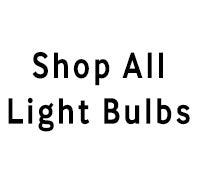
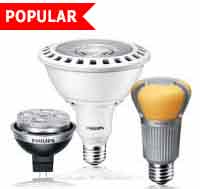
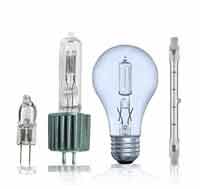
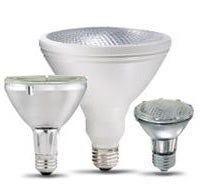
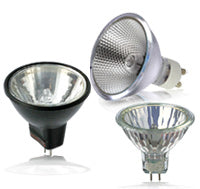






Comments